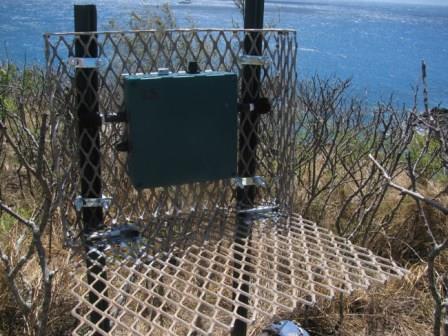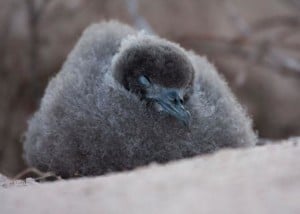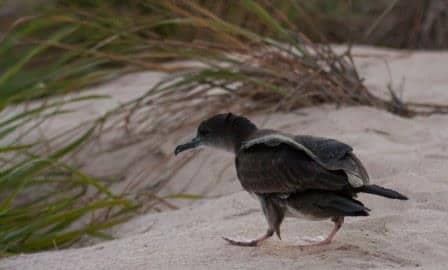Traveling to remote islands. Scrambling across cliffs to track their quarry. Installing acoustic sensors to detect its every move. Ornithologists — scientists who study birds — often have a little James Bond in them.

And they’re increasingly using technology that would delight Bond’s gadget-happy “Q” to map nesting sites, record bird calls and monitor avian populations.
Left in the field 24 hours a day, acoustic sensors and cameras capture immense amounts of data that are so gigantic they simply can’t be analyzed manually.
To crunch this data in the service of preservation, Conservation Metrics, based in Santa Cruz, Calif., is training software using deep learning accelerated with NVIDIA GPUs.
“It’s a lot of detective work, then a lot of wrangling large data sets,” said Matthew McKown, who heads Conservation Metrics.
Recent successes include helping the Channel Islands National Park, off the coast of Southern California, monitor bird populations once threatened by rodents.
By combining new automated surveys with traditional methods, they located one elusive species — the ashy storm petrel. It’s a tiny grey bird that “lives in isolated environments, breeds in underground burrows and communicates only at night,” McKown said.

Traditional searches had biologists crawling around craggy, slippery rocks in the dark. Now, they can leave sensors that record the birds’ calls around the clock. Automated analysis detected calls, and pointed researchers to a nest, the first nest record for the ashy storm petrel on Anacapa Island.
“With GPUs, we sped our work time by 22X. We can handle 90,000 hours of data, which would take a decade to listen to manually,” said McKown, who describes the GeForce GTX TITAN X as his workhorse. “And using our algorithms, we can detect rare events, look for rare species, measure populations before and after conservation actions, and estimate population trajectories.”
“Deep learning fits this application perfectly,” said David Klein, who spearheads the company’s artificial intelligence efforts. “Species experts can now scale their impact by training automated software.”
Shearwater Survival
Conservation Metrics also helped find a seabird, once believed extinct.

Shearwater specimens, consigned to museum drawers, were identified as a different species in 2011 and named Bryan’s shearwater.
After periodic sightings of the pocket-sized, black and white bird, Japanese researchers had a hunch where it might be breeding — on an island in the Bonin archipelago, about 600 miles south of Tokyo.
“The rocky atoll was so inaccessible, researchers swam our sensors ashore, installed them and swam back nine months later to retrieve them,” McKown said. “What we heard was amazing. Calls over a long period of time, which means they were there and likely breeding.”
The experiment was repeated and in 2015 researchers found the first nest. To protect this very-much alive bird, conservationists now know where to concentrate their efforts, and can use automated approaches to learn more about threats and recovery.
The post Big Data, Little Birds: How GPUs and Deep Learning Help Scientists Save Threatened Avian Populations appeared first on The Official NVIDIA Blog.